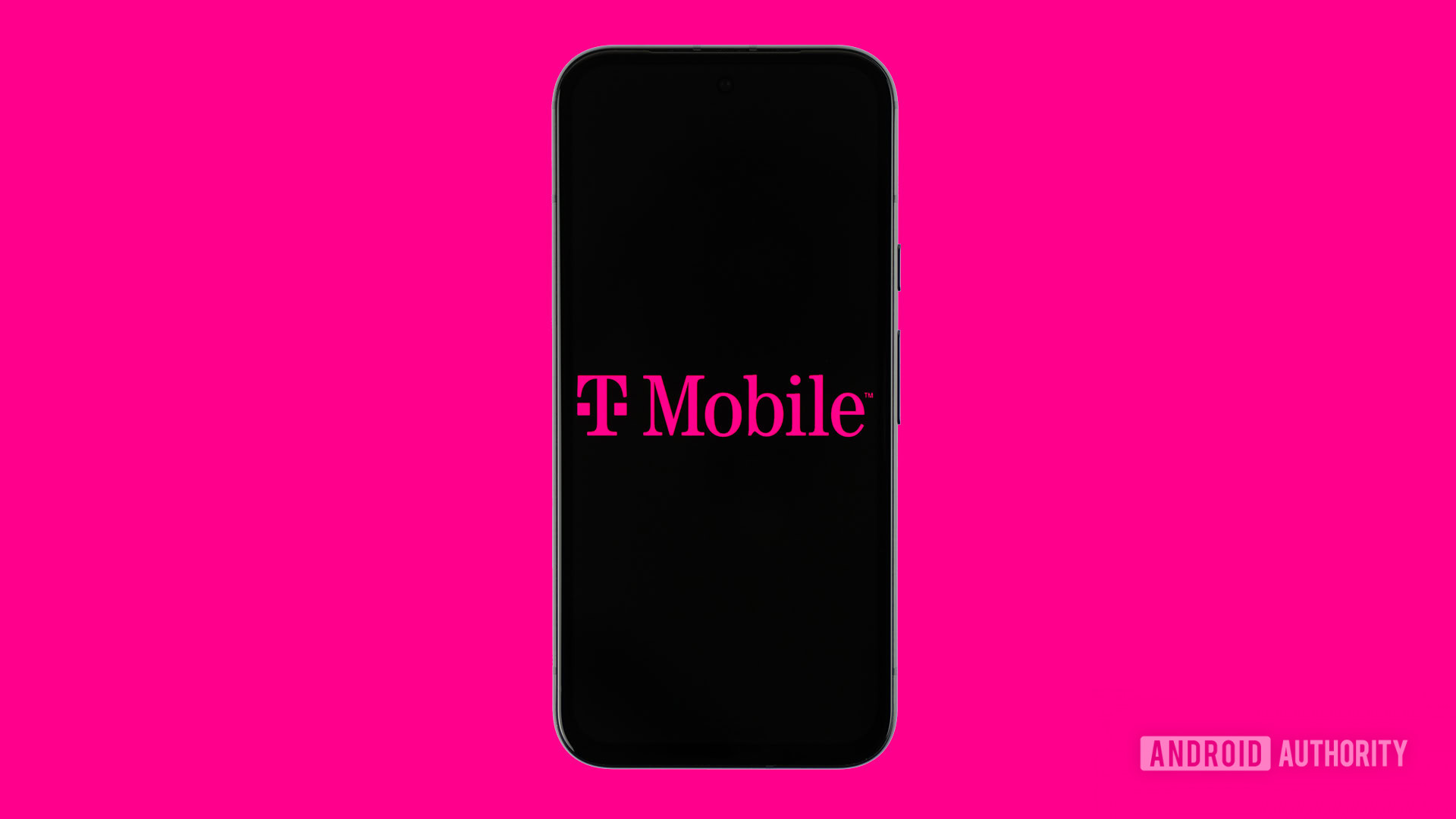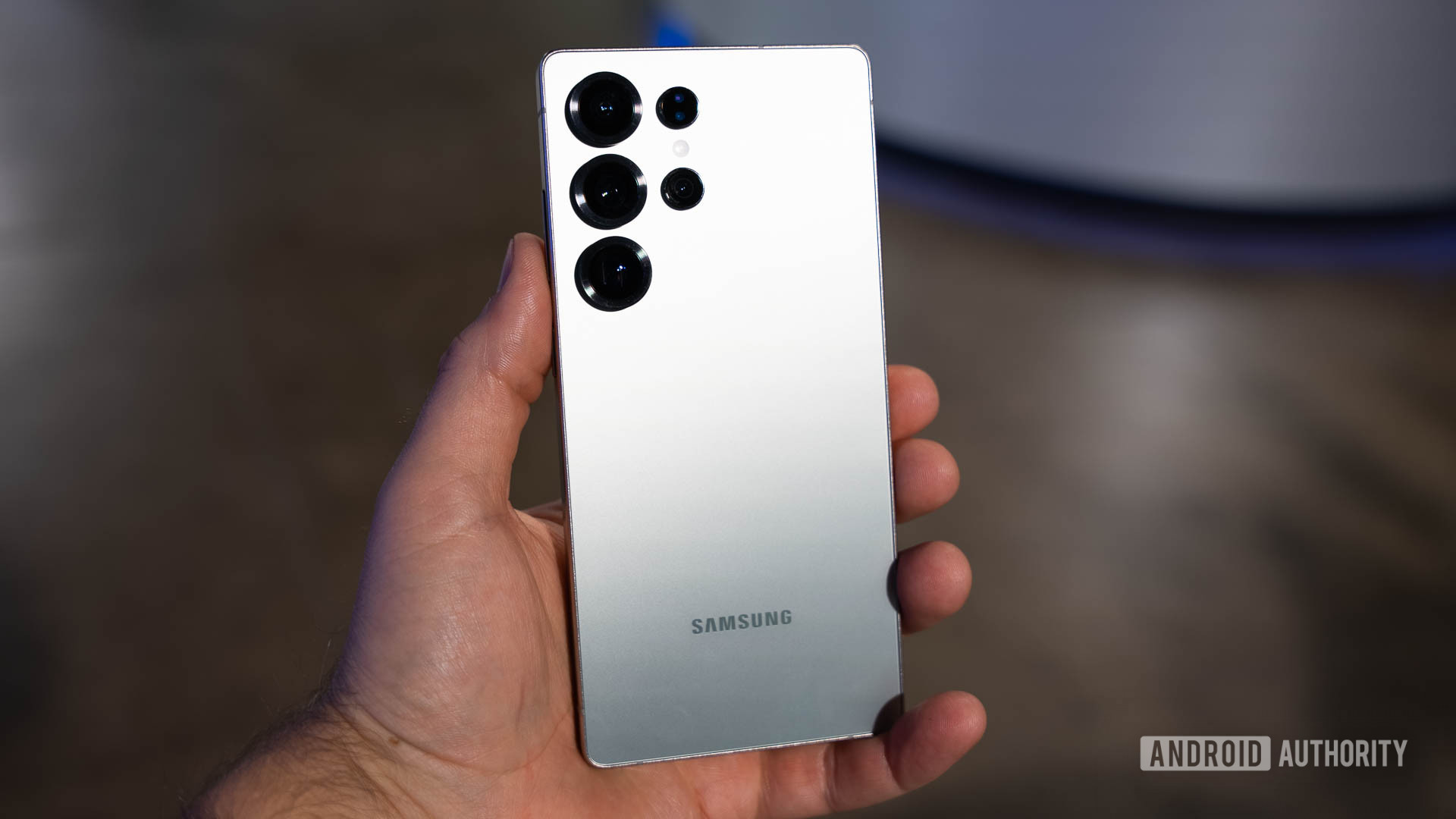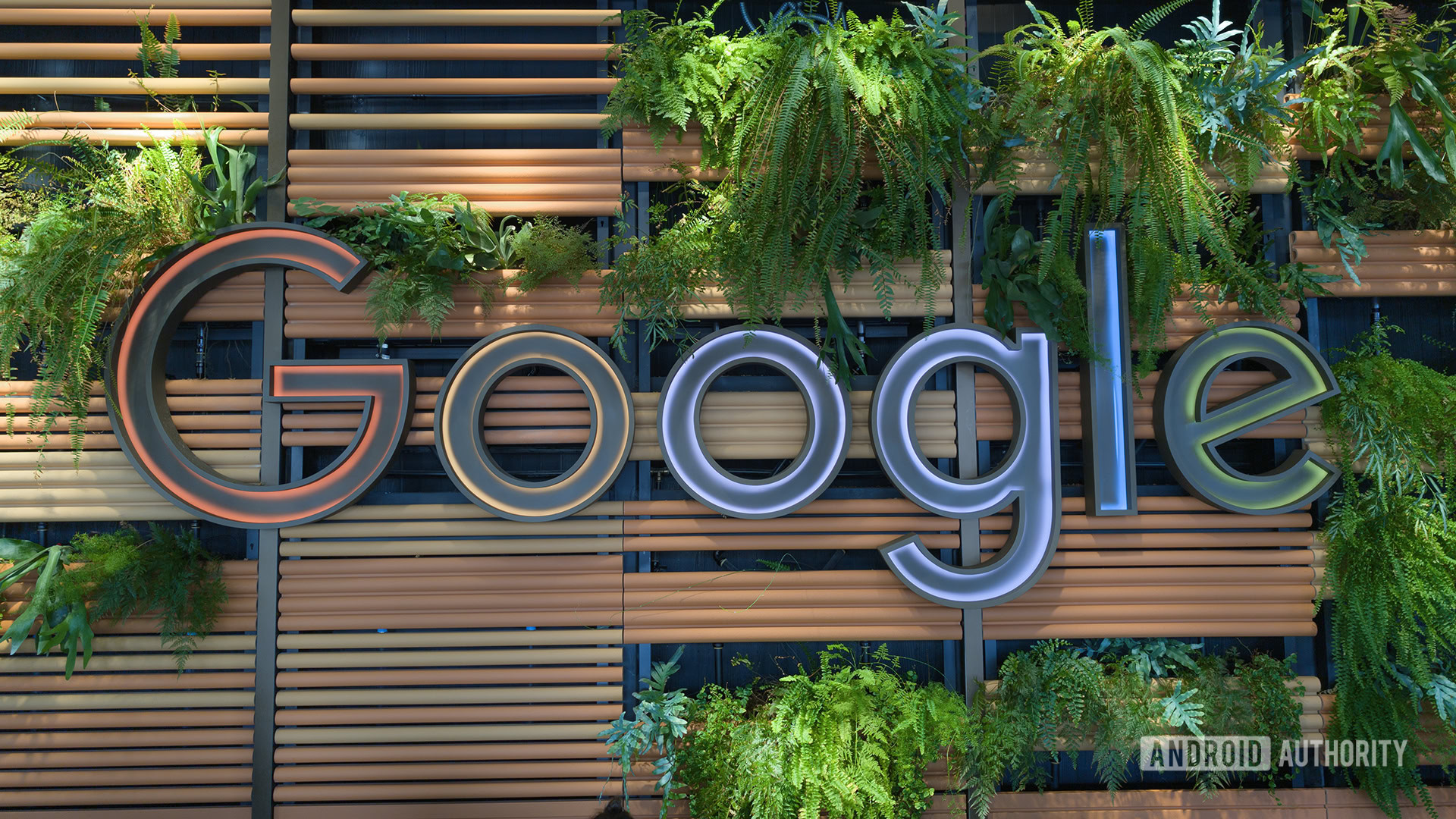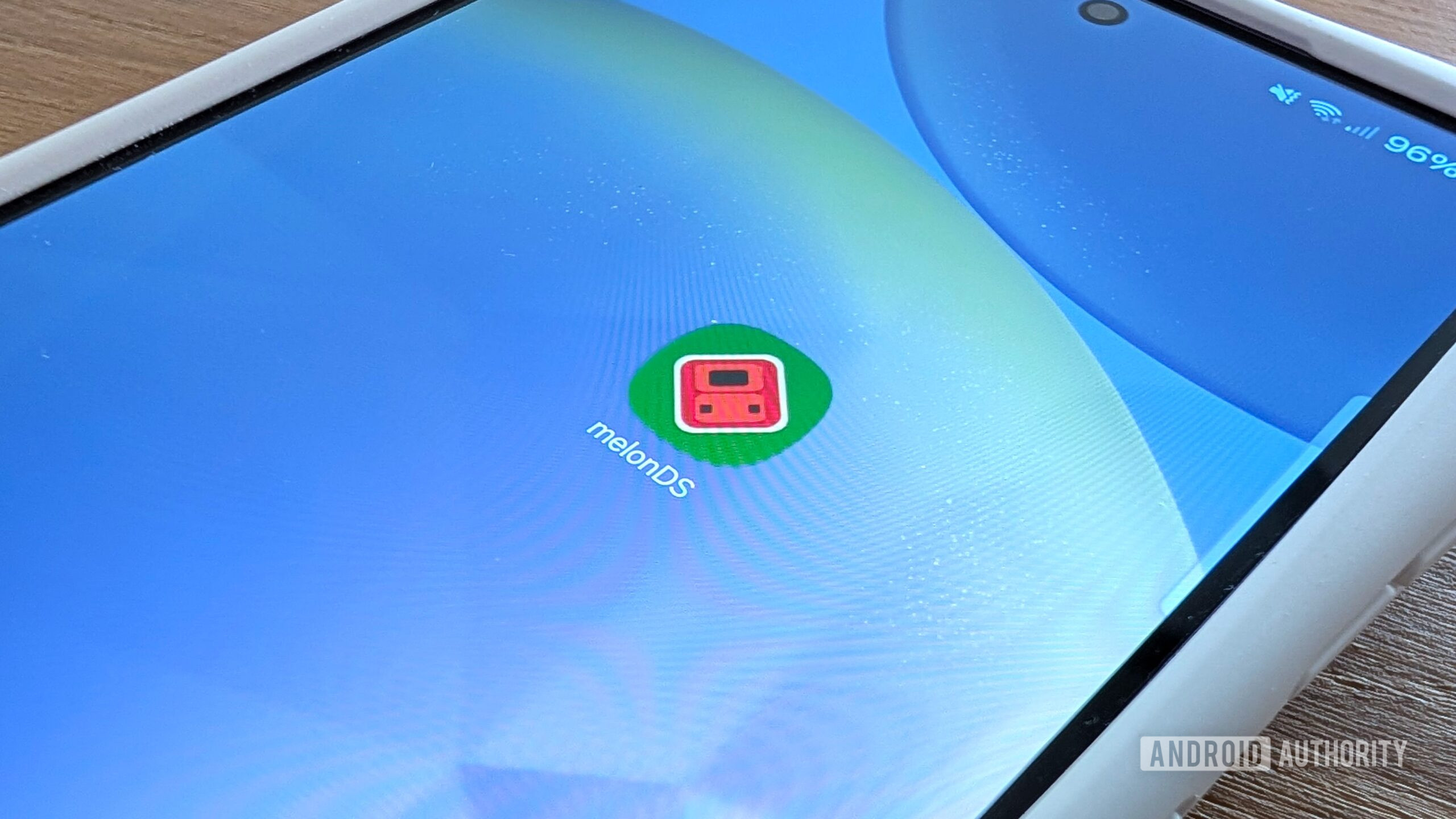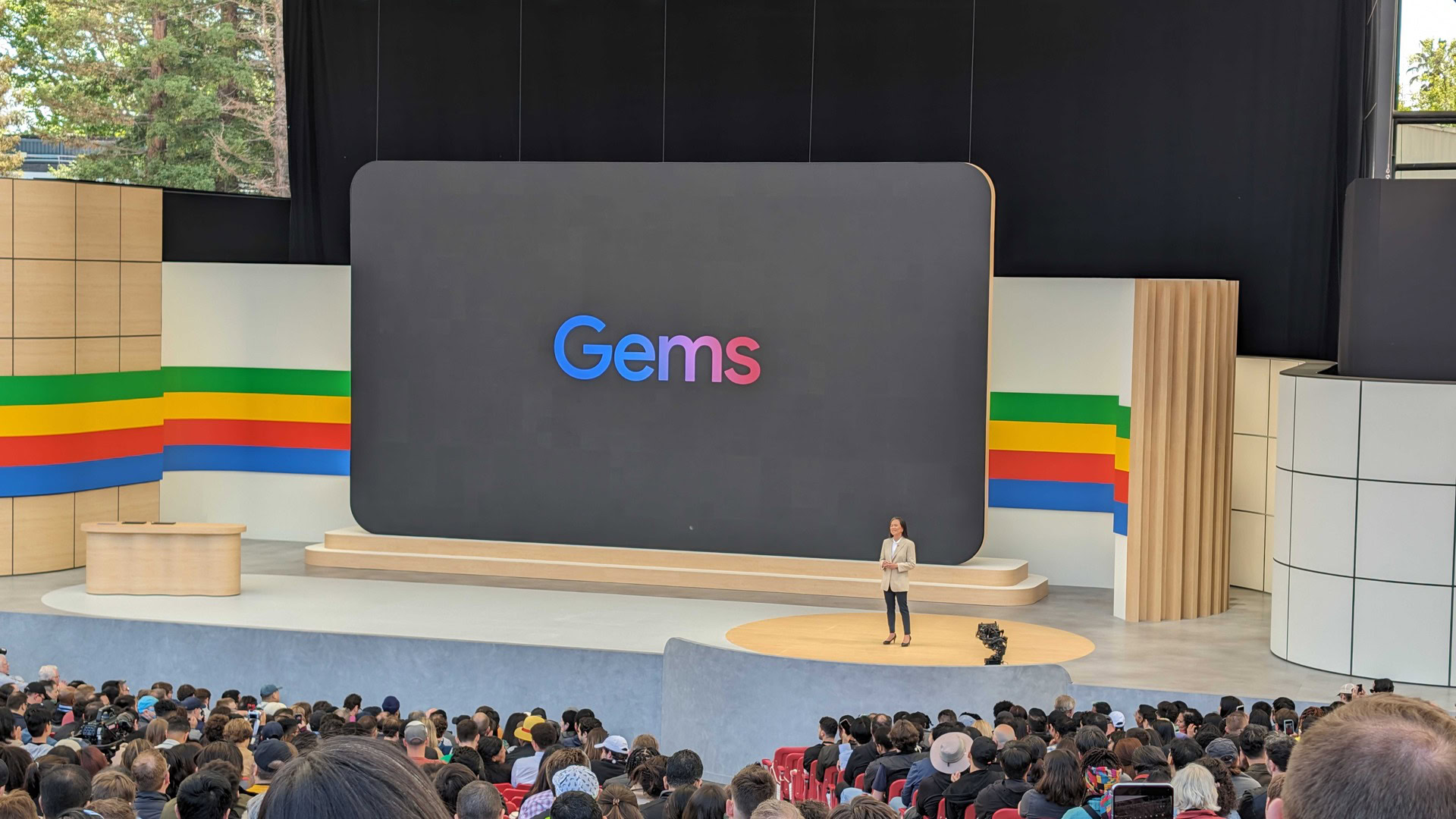Affiliate links on Android Authority may earn us a commission. Learn more.

News
Android’s new Quick Settings panel is looking better than ever in Android 16 Beta 3
0
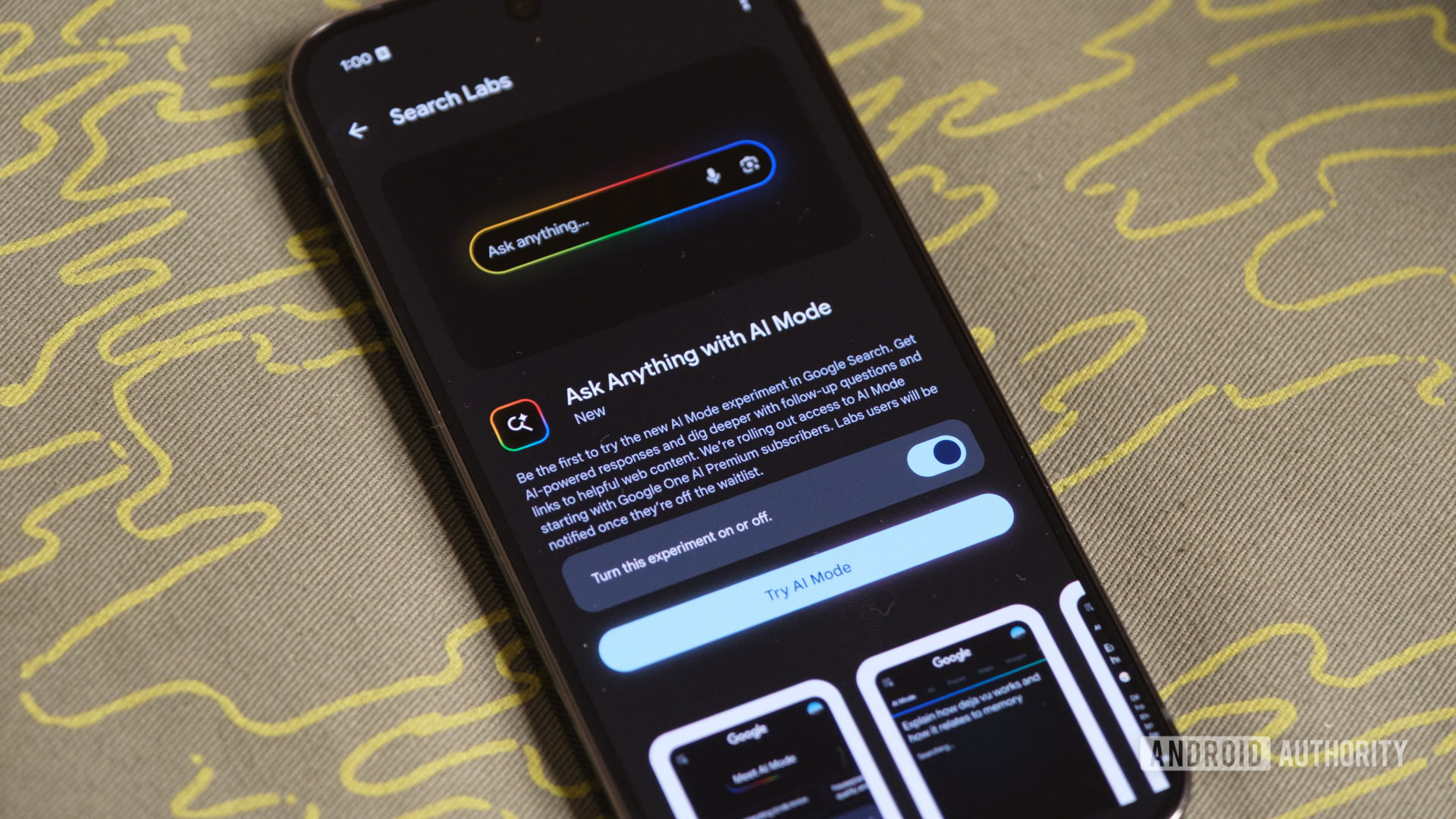
Features
I tried Google Search’s new AI Mode, and I might not search any other way again
0
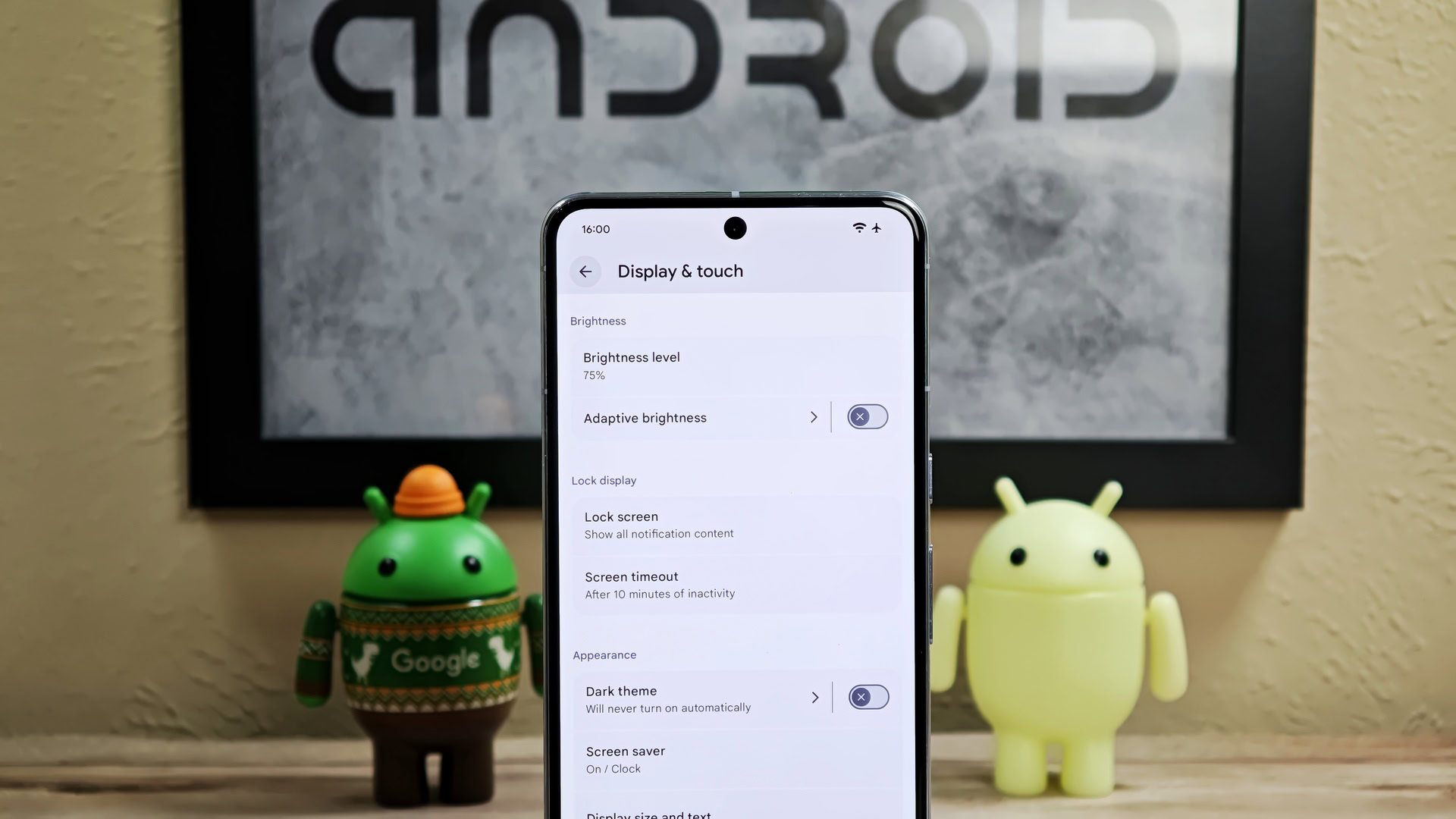
News
Google is preparing a big redesign of Android’s Settings app, and we have a first look
0
In case you missed it
More news

Mitja RutnikMarch 9, 2025
0
Hall of fame: These are the Android apps I’ve been using the longest
These are the US carriers that let you stream at HD resolution or higher
Andrew GrushMarch 1, 2025
0
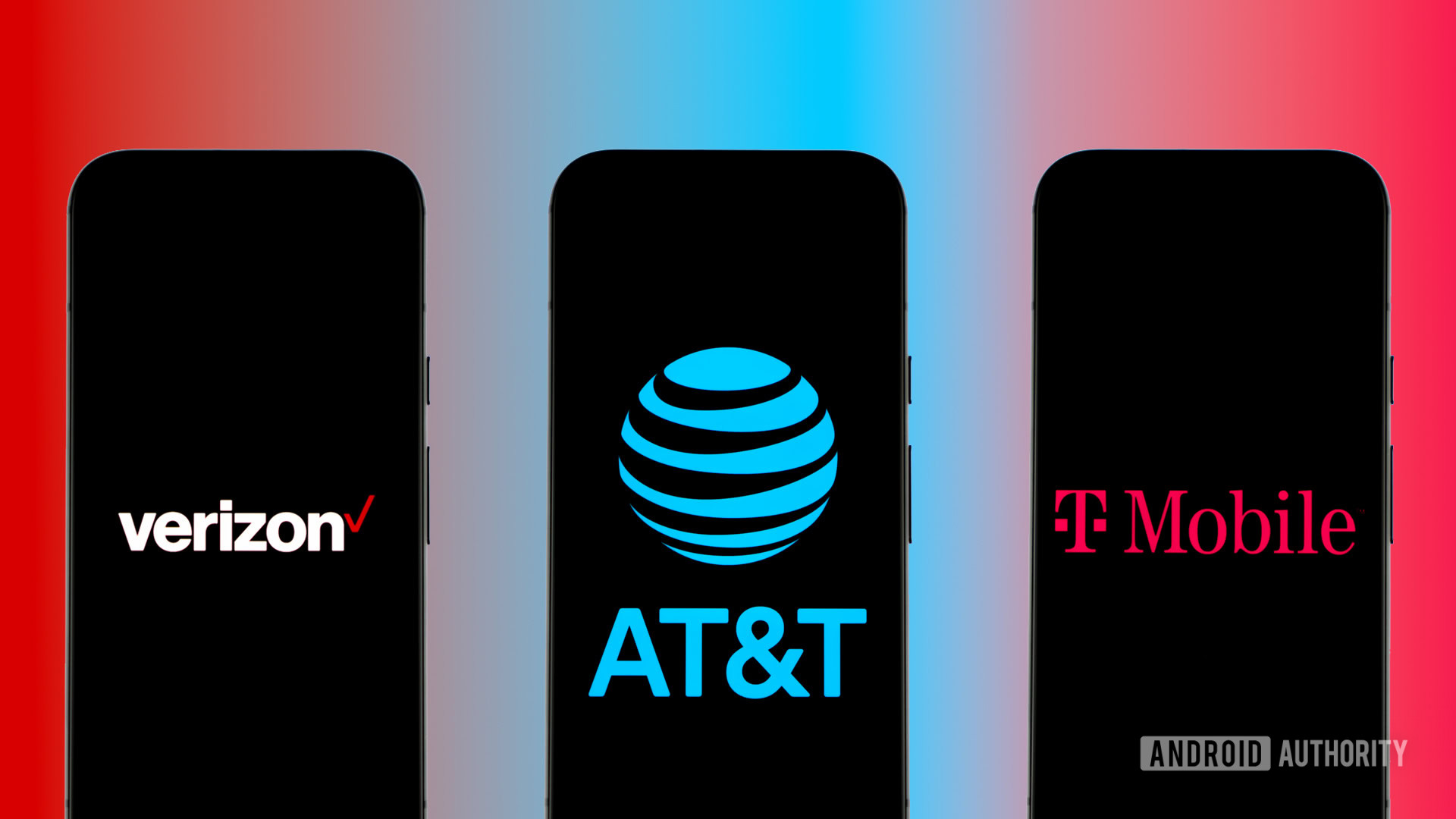
The best new Android apps and games for March 2025
Andy WalkerFebruary 28, 2025
0

These apps aren't on the Play Store, but I always sideload them on my Pixel
Andy WalkerFebruary 23, 2025
0
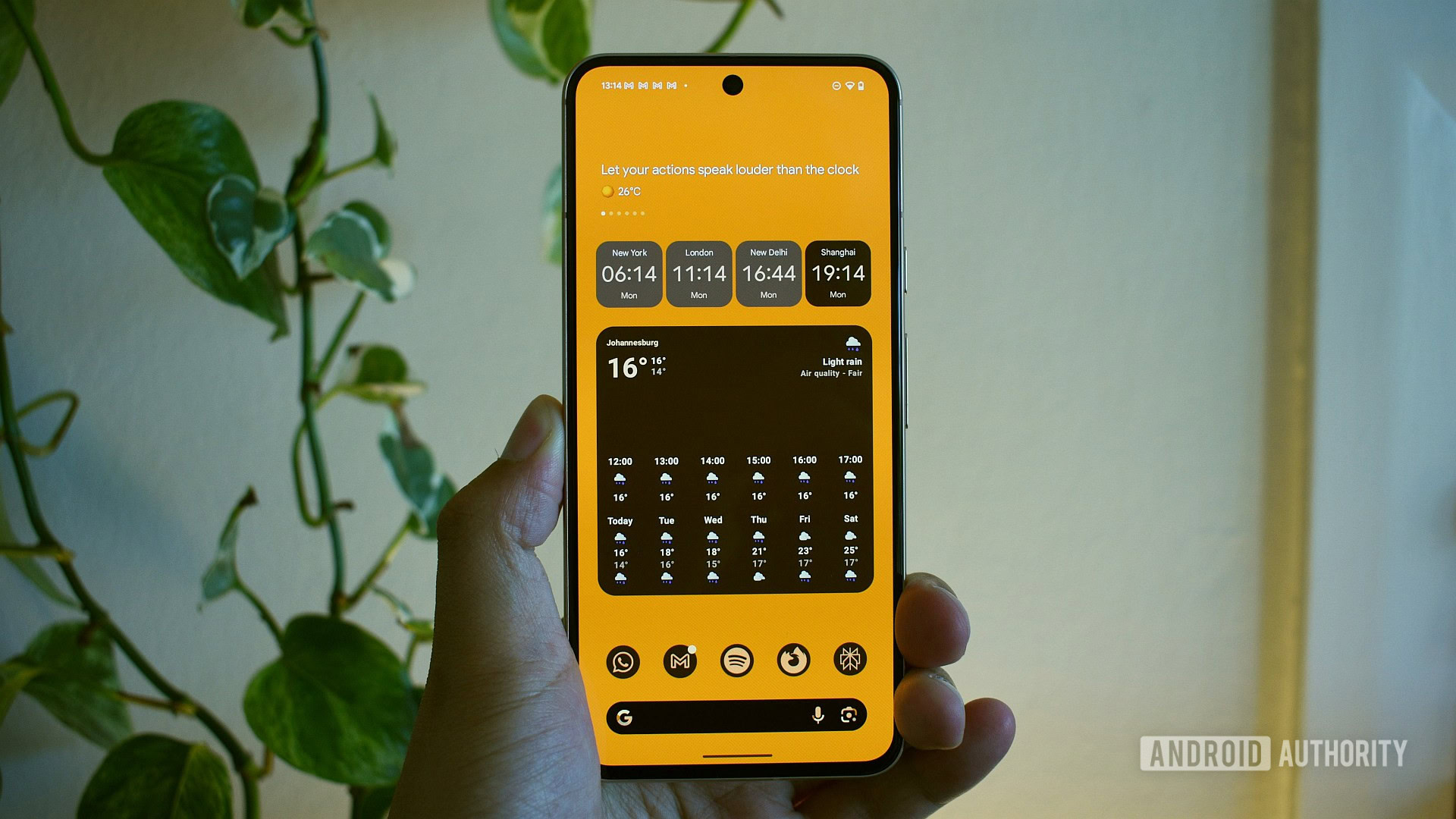
Tested: Is Google's NotebookLM Plus worth the subscription fee?
Mitja RutnikFebruary 23, 2025
0
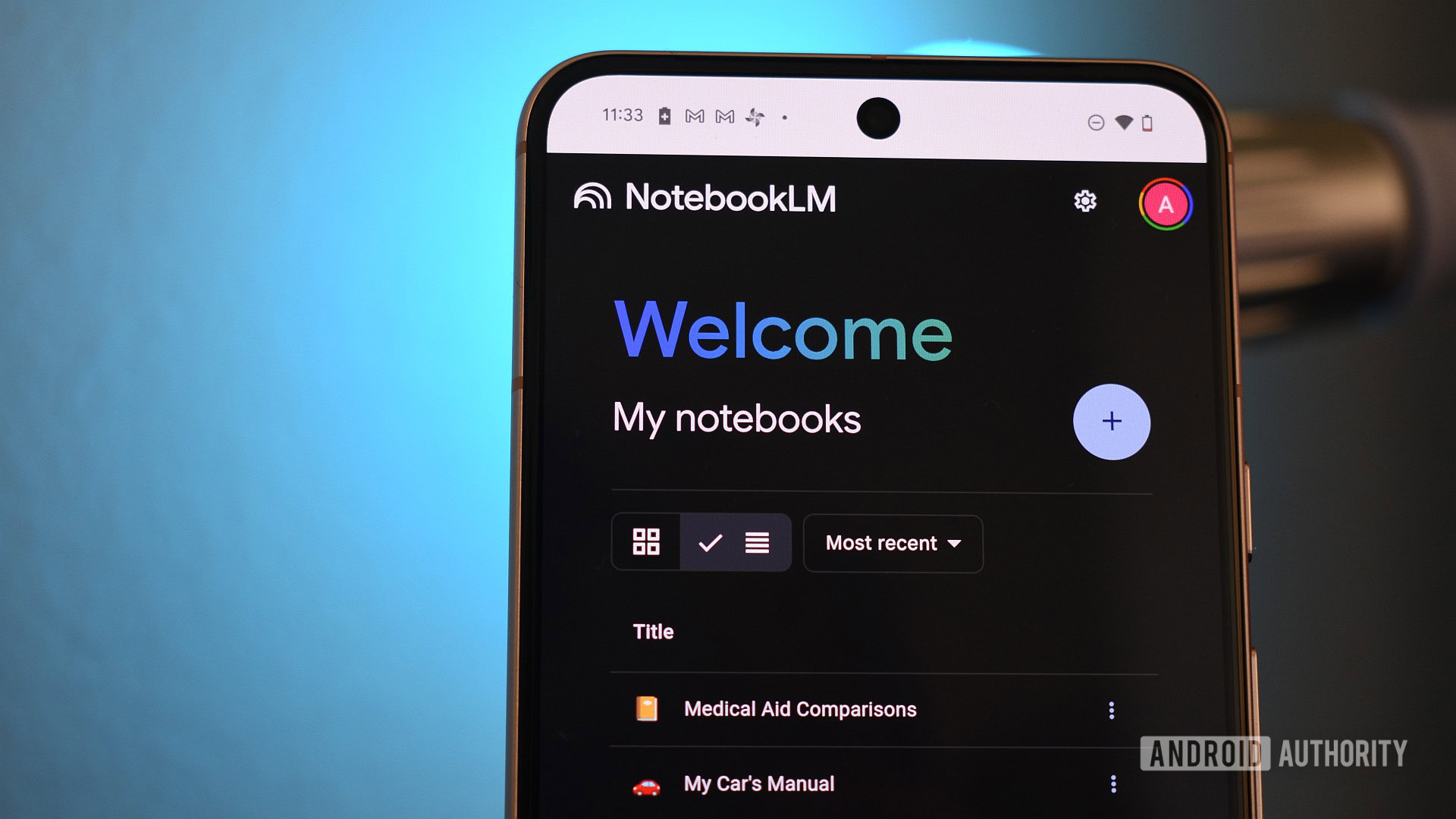
Android could soon summarize your notifications for you, similar to iOS
Mishaal Rahman14 hours ago
0
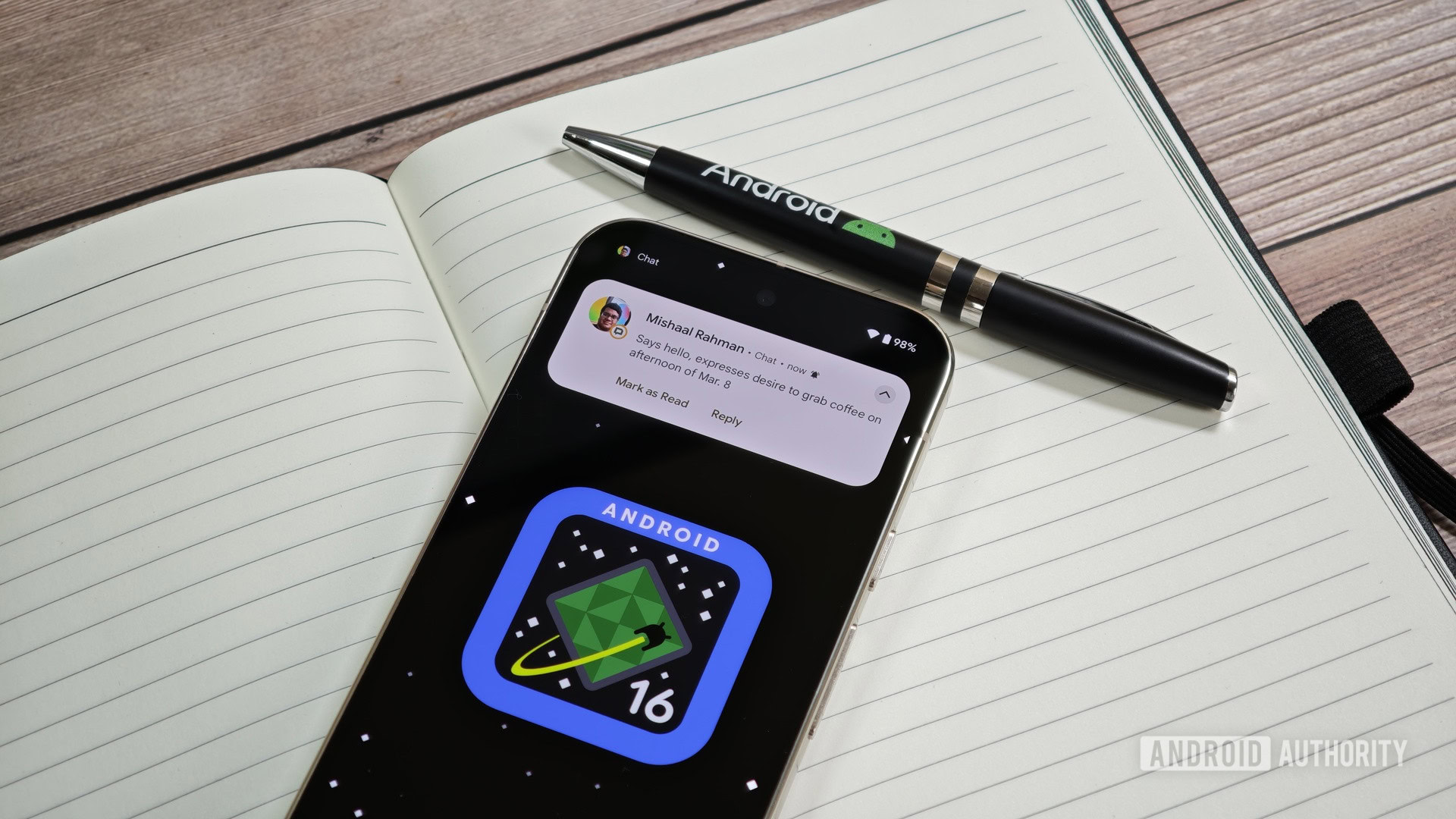
The Android 16 Easter egg hints at Android's new Live Updates feature
Mishaal Rahman14 hours ago
0
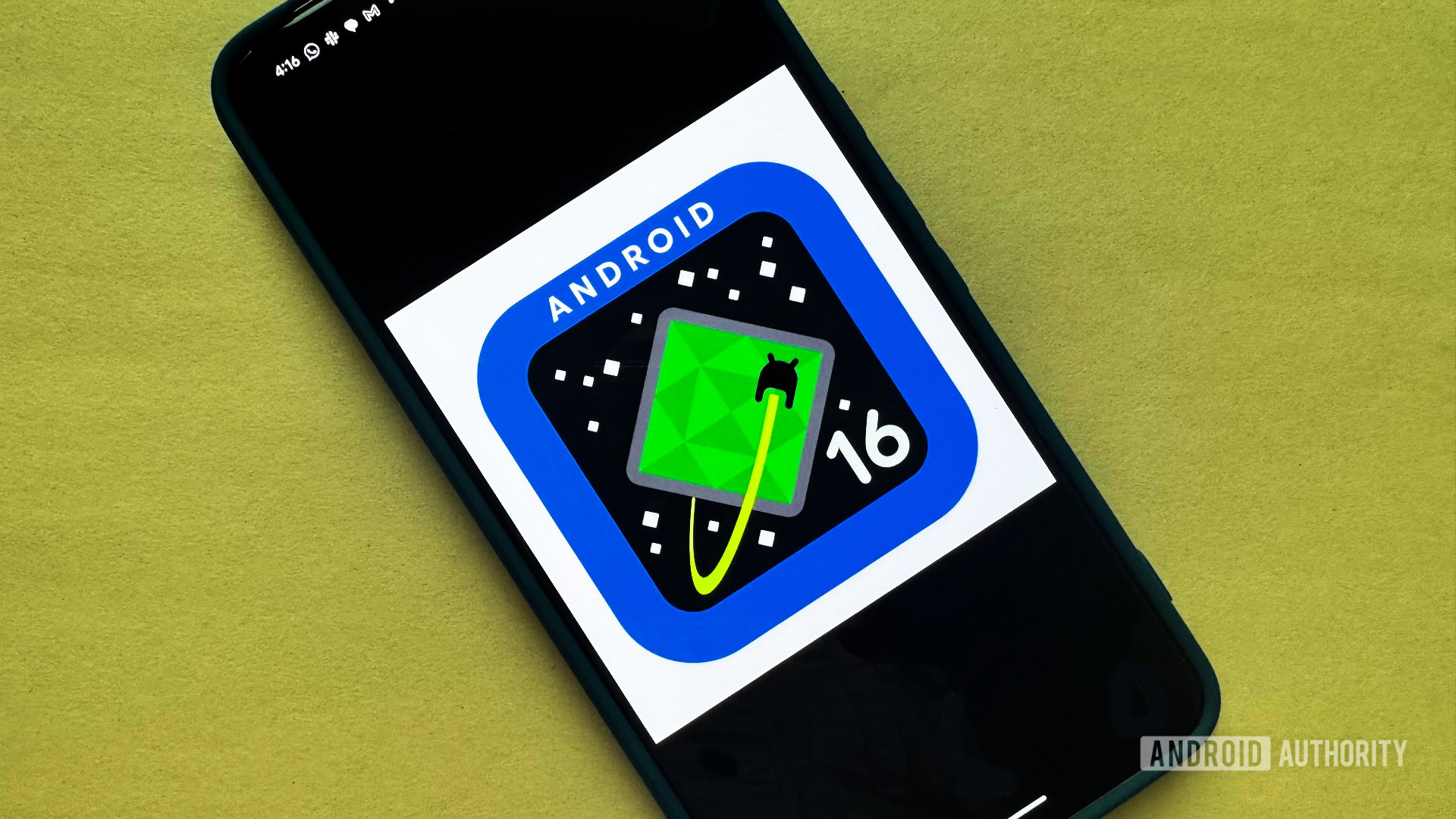
Android 16 Beta 3 arrives with some clever accessibility upgrades
Stephen Schenck15 hours ago
0
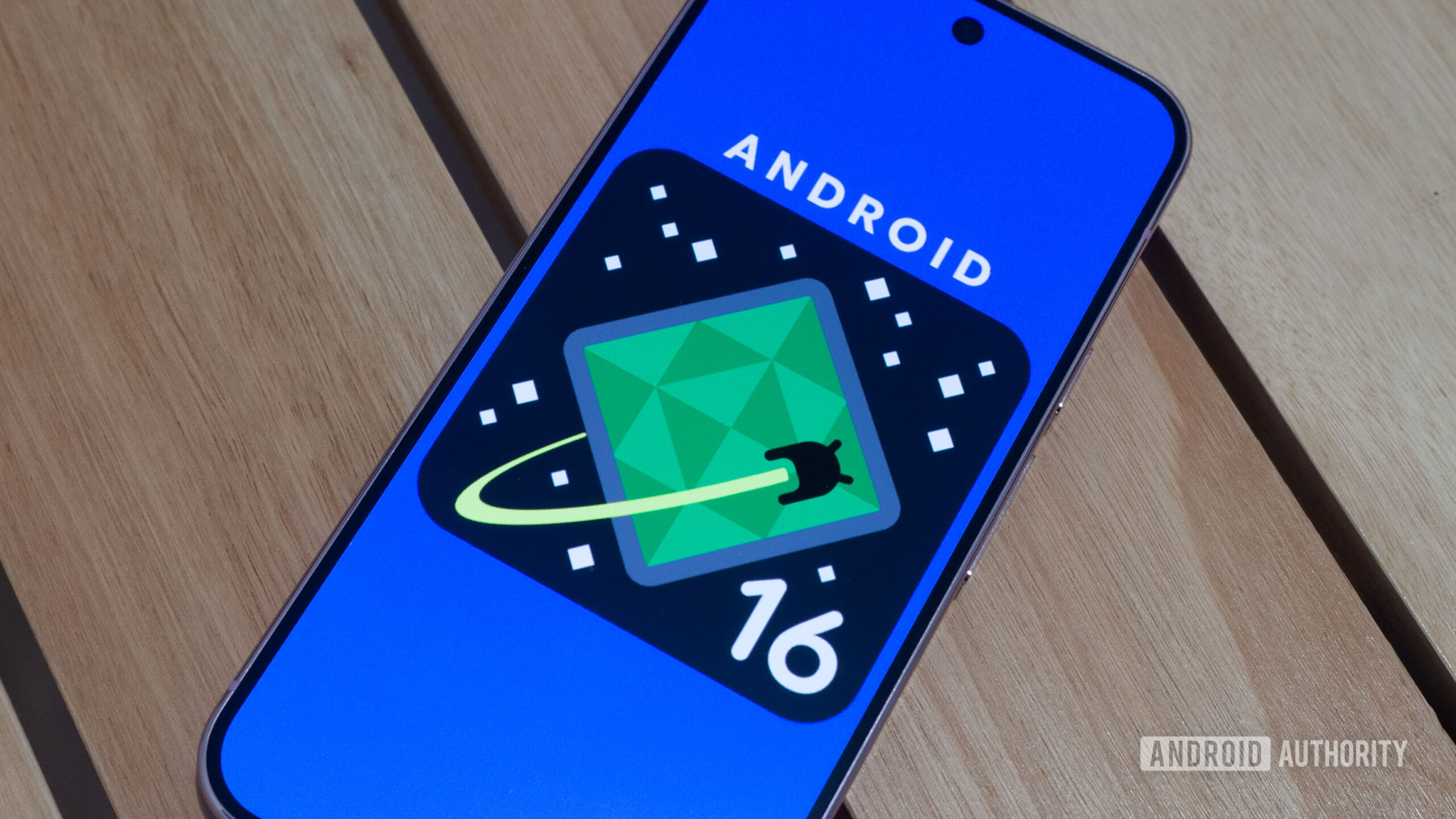
Pixel 9 owners can now stream Auracast Bluetooth audio directly to their hearing devices
Ryan McNeal15 hours ago
0
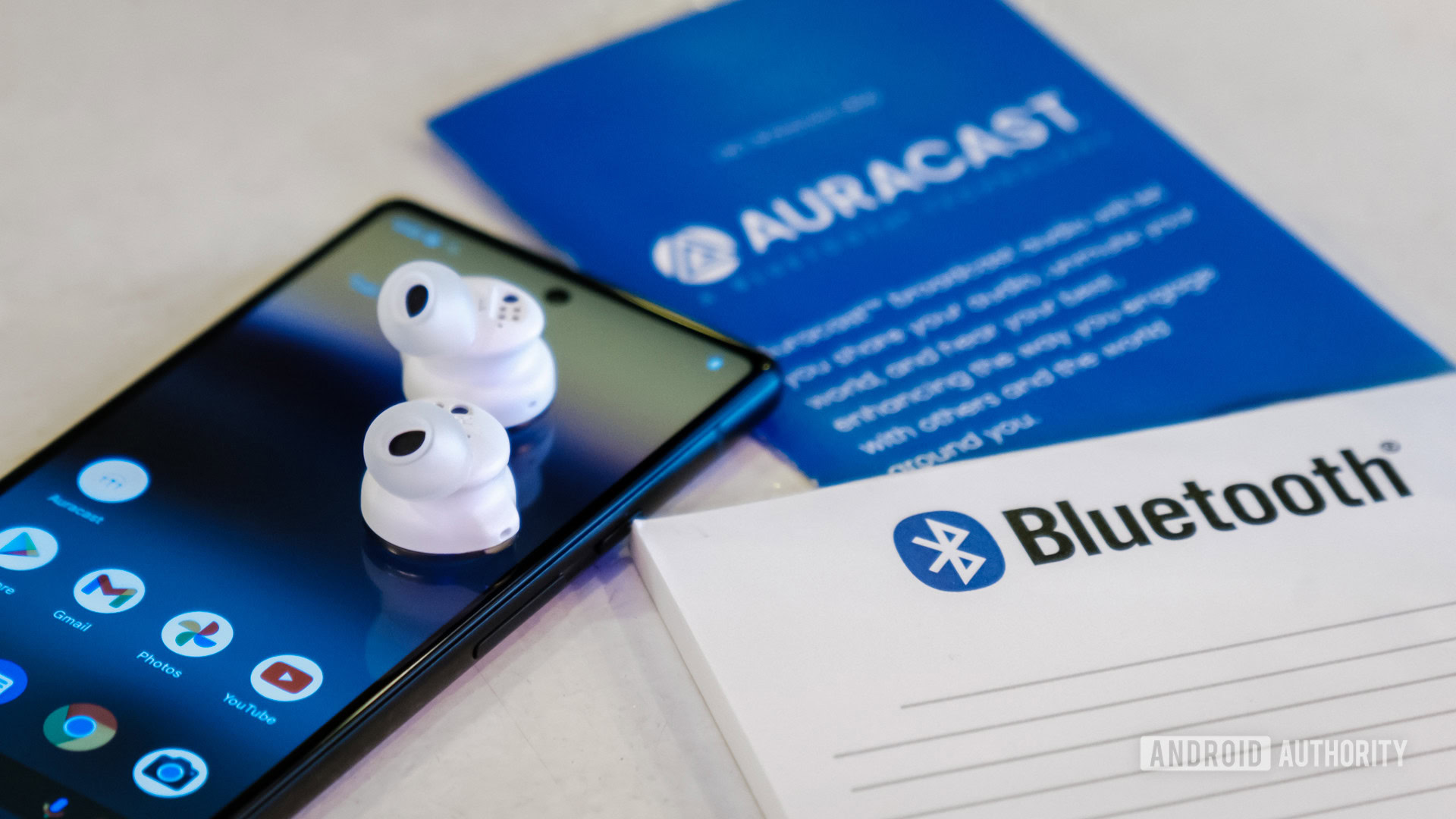
When does that ID expire? Gemini can tell you, thanks to new Google Photos integration
Hadlee Simons17 hours ago
0
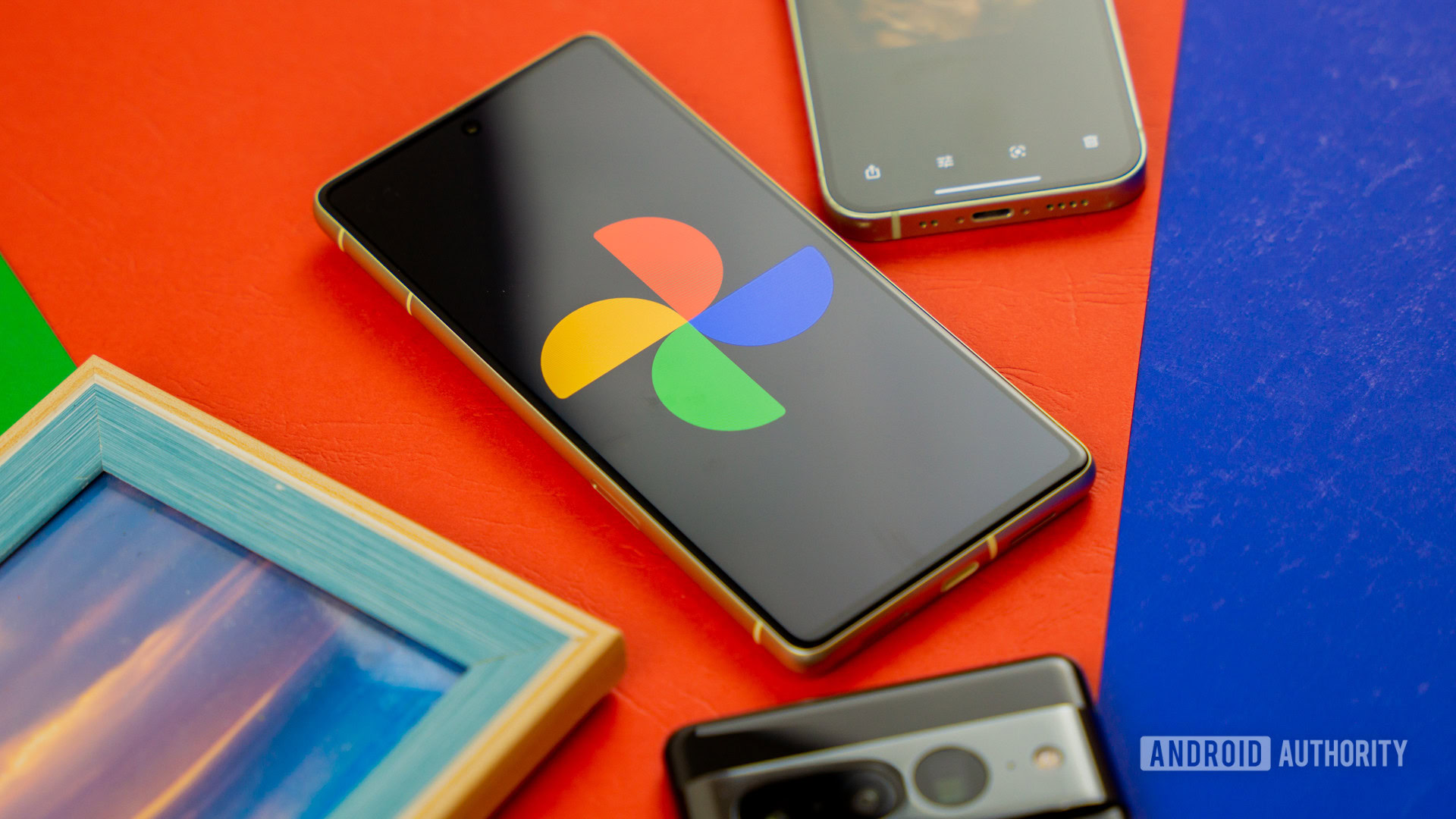
More Xbox handheld details leak, revealing target price and ASUS involvement
Ryan McNeal17 hours ago
0
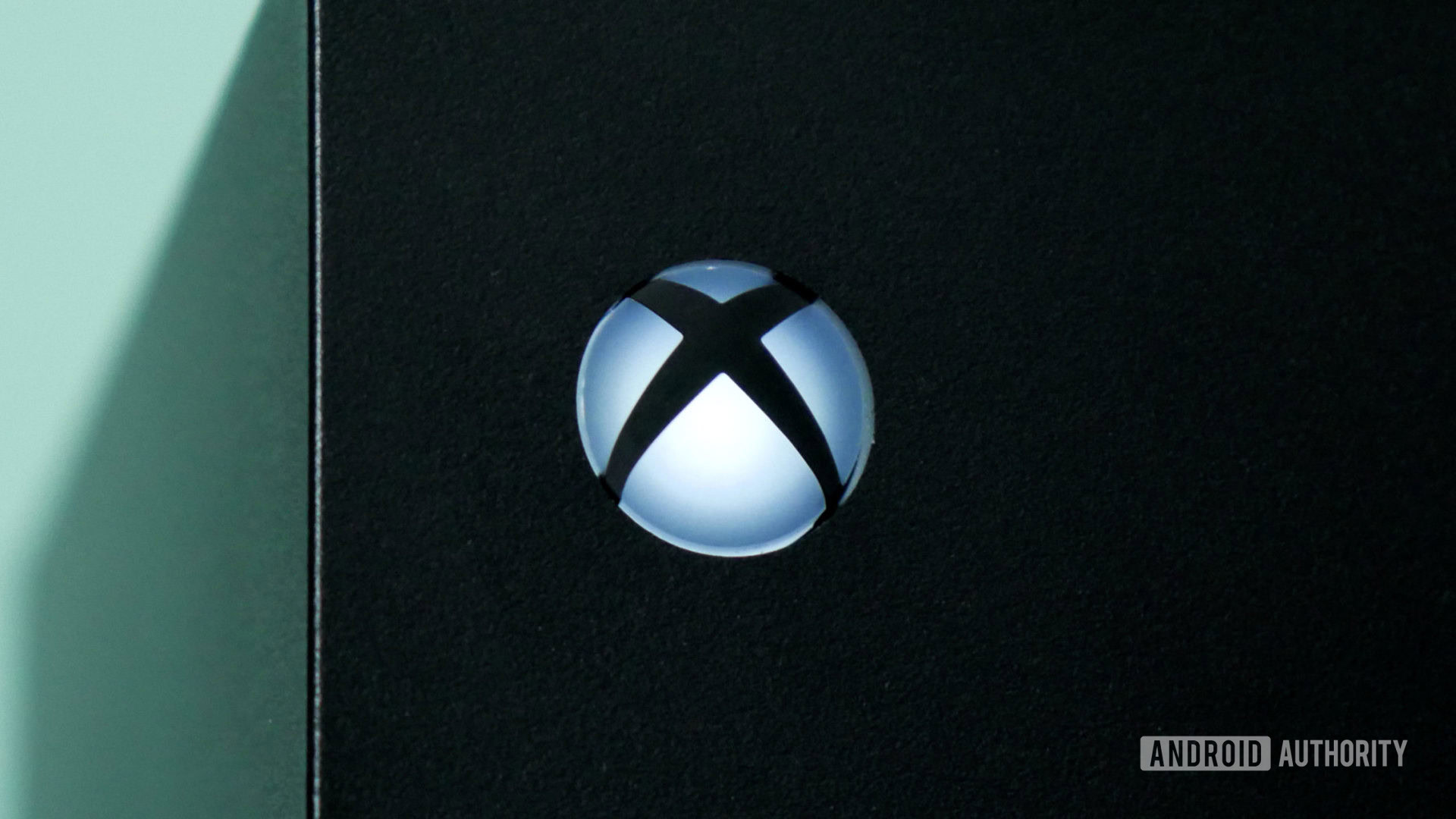
Google is letting you play more Android games on your AMD-powered PC (Updated)
Nick Fernandez17 hours ago
0
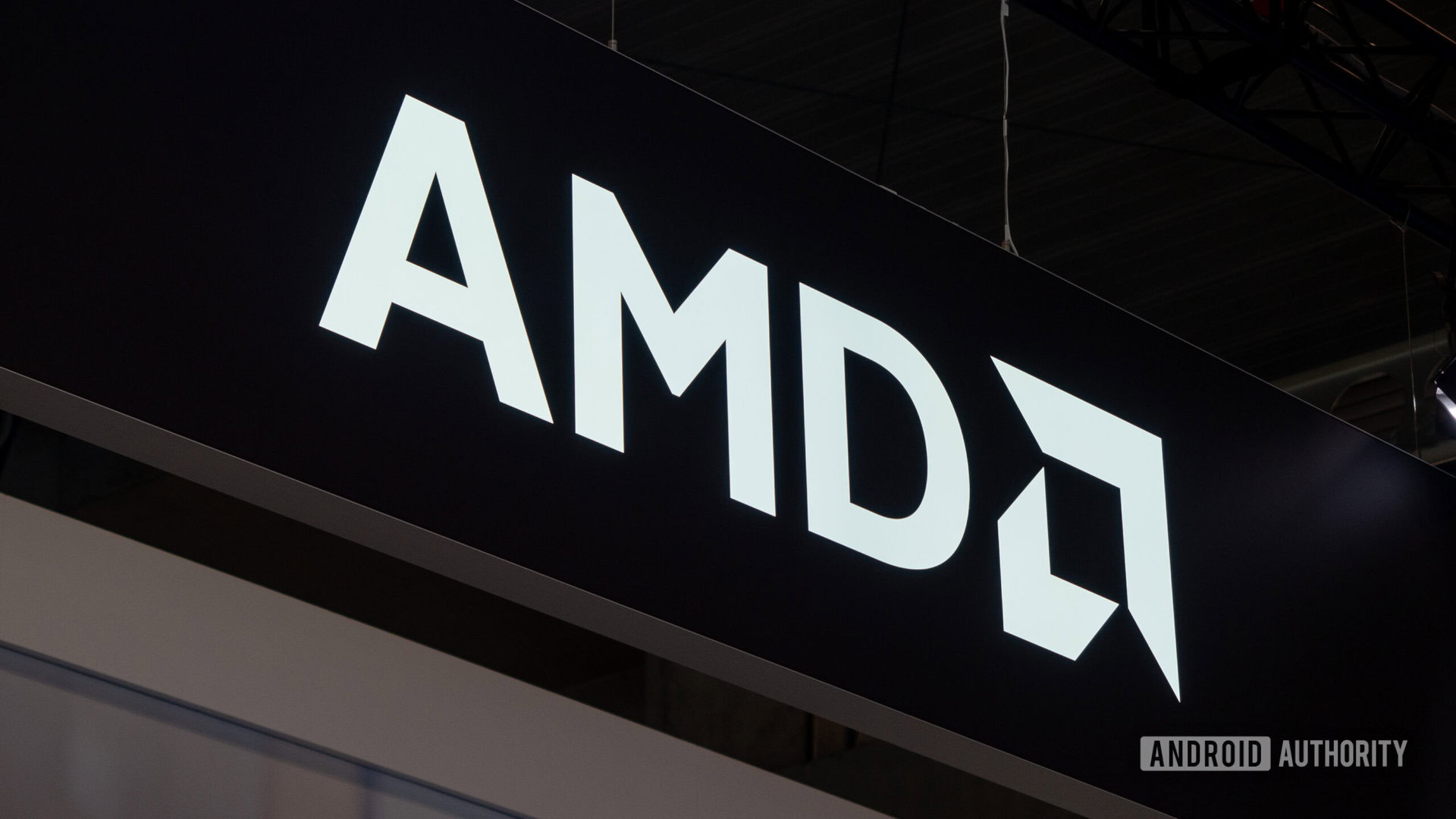
Google is turning its Play Games app for PC into a Steam competitor
Hadlee Simons17 hours ago
0

Here's how Google is making it easier for developers to port PC games to Android
Mishaal Rahman17 hours ago
0
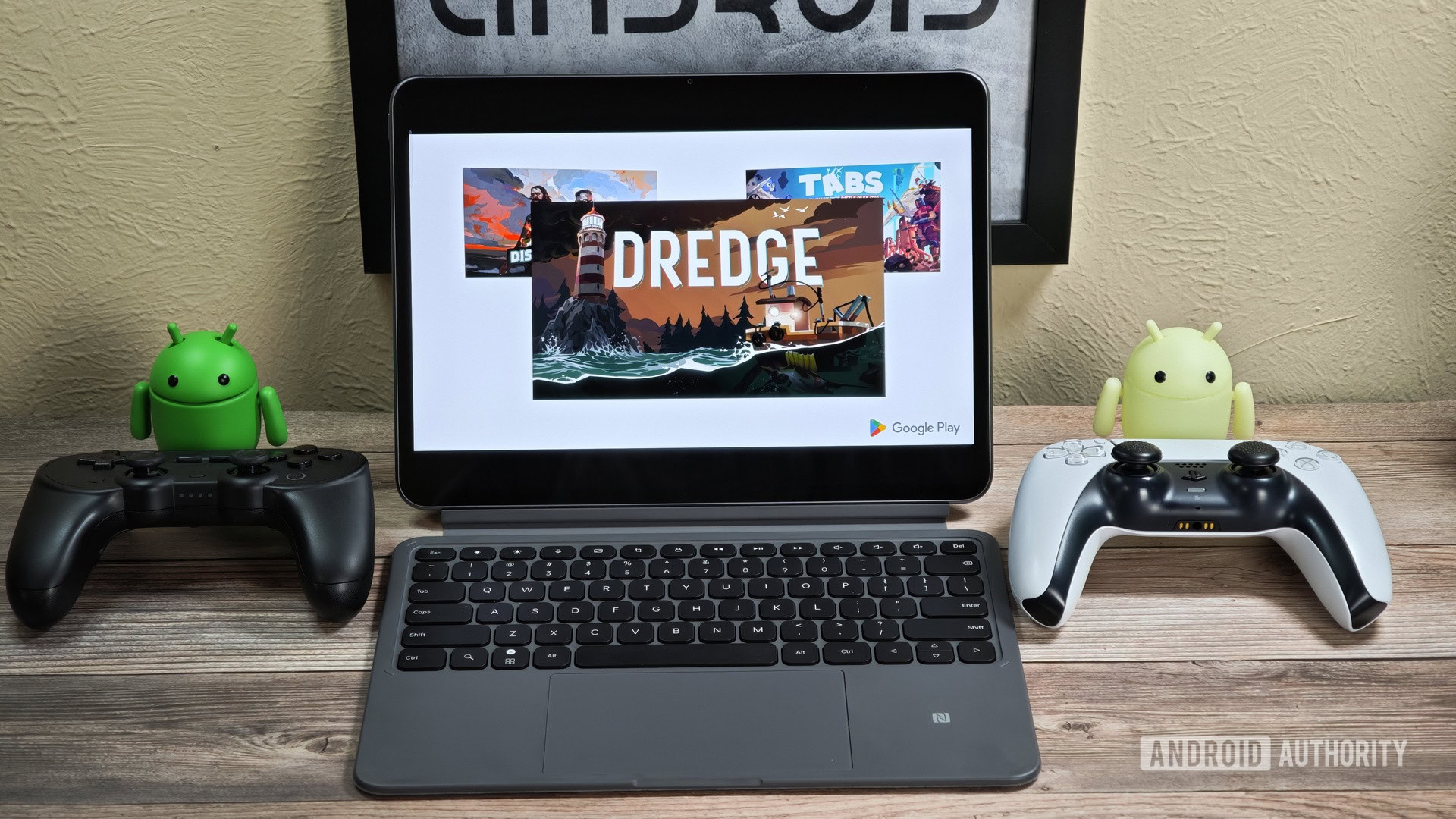
T-Mobile pricing is increasing for some users; who will be affected and when?
Andrew Grush17 hours ago
0
